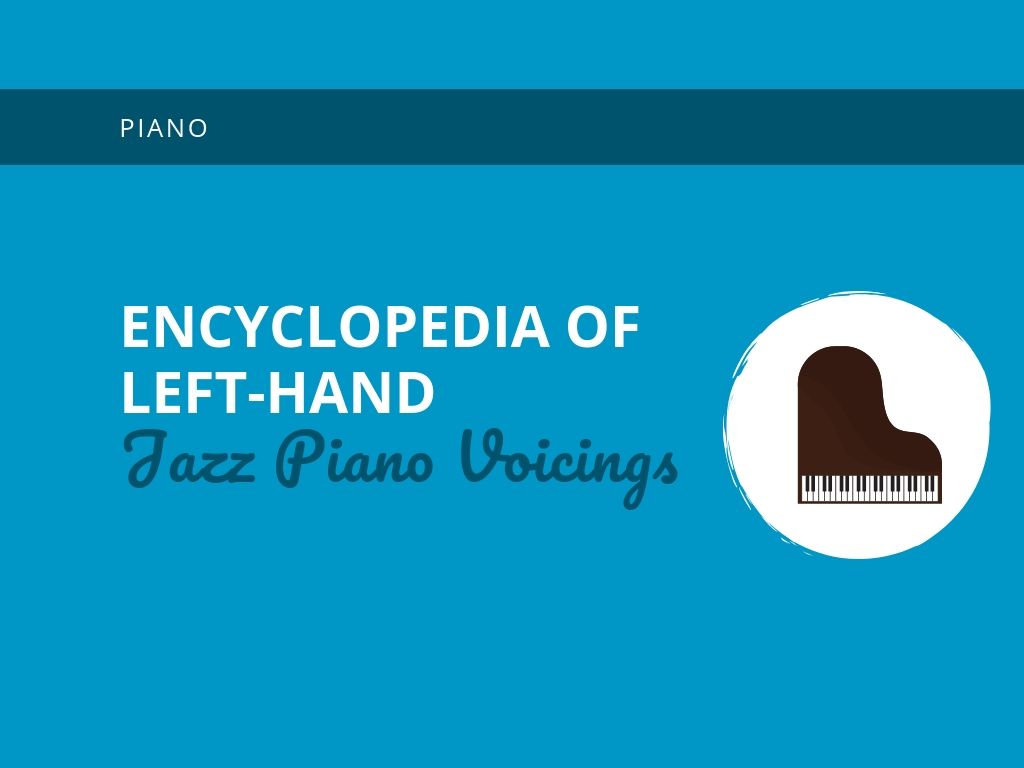learning jazz piano chords and voicings
How to learn & memorise voicings. learning and memorising chord voicings is an important skill for the jazz pianist. this will allow you to read and interpret lead sheets and create full-sounding jazz piano arrangements. in this lesson, we use the 3 voicing from this course as examples: the "so what voicing" the "herbie hancock voicing". The dominant chord voicing that functions as a passing chord to the chord of the fifth tone is known as chord 5 of 5, which literally means dominant chord voicing of 5 or passing chord to the chord of the fifth tone. altogether, there are three dominant chord voicings you need to be familiar with in any given key: chord 5 of 1. chord 5 of 4. Before moving on to learning these jazz guitar chord voicings types with a 4th string root, combine the 6th and 5th string chords to voice the chords closer together. try beginning on the 6th string for the gm7b5 chord and then move to the closest voicing of the c7 chord on the 5th string (3rd fret) when you change. always look for the closest. learning jazz piano chords and voicings
Choosing chord voicings. the harmonic language of jazz primarily involves the use of seventh chords, which are four-note entities consisting of a root, 3rd, 5th and 7th. in addition to these chord tones you can use chord tensions to add to the harmonic density and “bite” of a chord.. A jazz guitar voicing is a specific arrangement of the notes of a chord. the most basic jazz guitar chord voicings are called drop 2 and drop 3.. these were used by guitarists like wes montgomery, joe pass, and countless others.. this lesson will teach you a straightforward way to learn 96 jazz guitar chords using a small handful of drop 2 and drop 3 voicings..
---> click here <---

0 comments:
Post a Comment